If you’ve been running consistently, but you’ve started to see a plateau in your progress. Or if repetitive niggles and injuries are putting the brakes on your goals. Your aerobic fitness and muscular endurance might not be your limiting factor. Running form and economy can be the key ingredient to unlocking your running potential. Helping you to run further and faster, with less risk of injury.
But ‘improve your form’ is pretty vague. What does that actually mean, and how can you do it? We take a look at some of the key running form metrics, including cadence and ground contact time. To dive into what they mean, and how you can work on them to improve your running.
Running cadence
Cadence in running is essentially how quickly you’re moving from one foot to another – i.e. how fast your foot turnover is. We measure running cadence in strides per minute. It’s an important part of your run form, because your cadence has an impact on factors such as your stride length – where your foot strikes the ground relative to your hips.
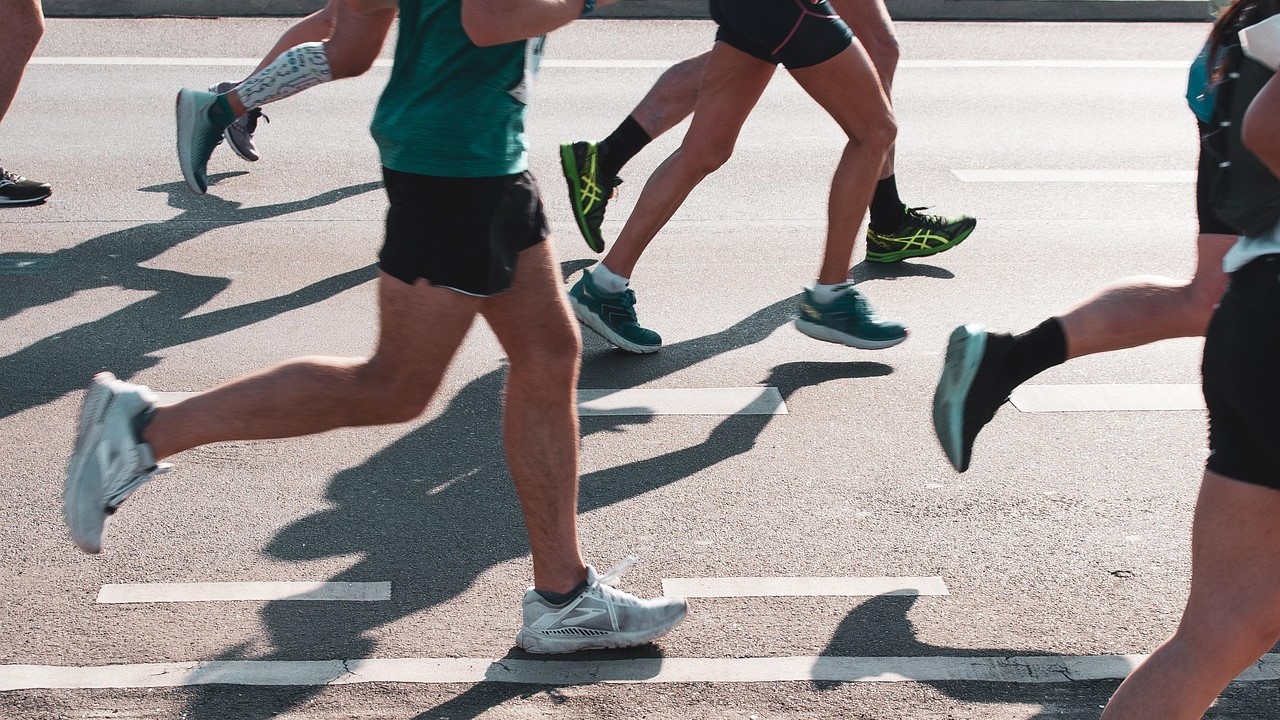
If you have a low cadence, it’s likely that you’ve got a longer stride. But if you’re over striding, you’ll be striking the ground hard with your heel way out in front of your hip. This slows you down as you’re essentially putting the brakes on with each step. And it may also correlate with an increased risk of injury. The angle created at your ankle joint when you over stride puts more impact through the lower limbs. This may lead to an increased prevalence of calf and Achilles issues, bone stress injuries and common running injuries such as ITB syndrome and hip pain.
is heel striking ‘bad’ in running?
For many years, heel striking (contacting the ground heel-first) had a bad rap. But the reality is, heel striking on its own isn’t necessarily a bad thing. Everyone has different biomechanics, and if that’s naturally how you run then changing it won’t necessarily make you a better runner or less injury prone. Where heel striking is an issue, is when it’s occurring as a result of over striding, rather than your natural biomechanics. As we’ve outlined – over striding can send more impact through the lower limb which could contribute to increased injury risk.
A low running cadence can also indicate that you’re running with a more ‘bouncy’ form. This means you’re bouncing up, rather than propelling forward. By speeding up your cadence, you should naturally find that you have to shorten your stride. This can help you to unlock extra speed and efficiency because you’ll be getting more forward propulsion. It’ll also help you to land with your foot closer to your centre of gravity, distributing the impact more evenly and therefore reducing injury risk.
Is there an ideal running cadence – and how to measure yours
You can measure your running cadence the old fashioned way – running for 60s and counting how many times your feet hit the ground. But that’s slightly arduous and there’s a risk you’ll lose count pretty easily. Technology can be useful here to give you an indication of your run cadence. Most running watches these days have the capability to calculate your cadence and give you an average strides per minute (SPM) value for each run. Certain smart treadmills such as the new Wahoo KICKR RUN can provide you with a whole host of running data. And there are also foot pods you can fit to your shoes which gives you a range of running form metrics, such as the COROS Pod 2, which can also help to improve GPS tracking in busy areas or give better accuracy during treadmill runs.
When it comes to the ‘ideal’ running cadence – the reality is there is no one size fits all. We all have different biomechanics, so the optimal running cadence will vary between individuals. For example, a taller, long-limbed runner is naturally going to have a lower cadence than a more petite runner – but that doesn’t necessarily mean they are over striding. 180spm used to be touted as the holy grail running cadence. But it’s actually about finding the right cadence for you. On average, recreational runners are said to have a cadence somewhere between 150-180spm – with anything under 160spm typically indicating over striding.
Once you know your cadence, you can use other running metrics such as ground contact time and vertical oscillation to build up a picture of how efficient your run form is.
What is ground contact time in running – and does it matter?
Ground contact time is the amount of time your foot spends in contact with the ground during each run stride. The lower the amount of time your foot is spending in touch with the ground, the faster you’ll run – because you’re getting more propulsion and forward motion. Think about walking versus running. When you walk, your foot is in contact with the ground far longer compared to running. We get propulsion by pushing off the ground, so the quicker you’re pushing off again between each stride, the faster you’ll run.
![Kilian Jornet Sierre Zinal 2024 mountains [Photo copyright: Golden Trail World Series]](https://run247.com/wp-content/uploads/2024/08/Kilian-Jornet-Sierre-Zinal-2024-mountains.jpg)
Ground contact time is a useful metric to use in tandem with cadence to check how efficiently you’re running. Runners with a low sounding cadence can check their ground contact time. If you’re getting good propulsion and you’re not spending too much time sinking into the ground, your cadence might already be optimal for your biomechanics.
If you notice that your ground contact time is high, the good news is that speeding up your cadence (focusing on faster foot turnover) will naturally help to improve your contact time. You can also incorporate some plyometric conditioning work into your gym routine, such as hops and drop jumps (stepping down off a low-medium height box and immediately jumping into the air as soon as you touch the ground) to improve your explosive power.
Vertical oscillation
In running, vertical oscillation refers to how far up in the air you travel with each run stride. If you’re bouncing upwards, your vertical oscillation will be high. That might sound positive – after all, who wouldn’t want extra bounce when they’re running? But it actually means you’re wasting energy going ‘up’ instead of pushing forward.
Think about hopping – the emphasis is on going up, so you don’t travel very far forwards. Compare that to a leap or a dart – the same explosive energy is put into travelling forwards, lower to the ground. When we run, we want to travel forwards – so lowering your vertical oscillation will mean you’re wasting less energy on hopping up and down. Instead, using each stride to propel yourself forward.
Try to think about darting forwards with every run stride, rather than hopping upwards. You should find you can go faster for the same effort.
How to improve your running form
All the data and metrics might sound a bit technical for a sport that’s supposed to be as simple as lacing up your sneakers and heading out the door. But the good news is, the things you need to do to improve your running form – are things you’re likely to incorporate into your training anyway. With a mindful focus on cadence, ground contact time and vertical oscillation while you’re running. Plus some specific speed work and conditioning. You should start to reap the running rewards.
Incorporate speed work, hill repeats and strides into your run training
Interval training and tempo runs will help you to improve your run form – as we run faster, we naturally tend to increase our cadence. During these speed sessions, don’t just focus on pushing harder – focus on forward propulsion, shorter strides and a faster foot turnover. This will start to ingrain a higher cadence and reduced ground contact time into your form.
Short hill repeats – up to 2 minutes – are also a really great way to build strength and power, while also improving your run form. Without even thinking about it, almost all runners will adopt the most efficient form when running up hill to overcome the forces of gravity.
Finally, incorporate stride drills (sometimes called ‘pick-ups’) at the end of your warm ups. This involves short bursts where you progressively increase your pace and over exaggerate your run stride – almost leaping/darting forward rather than regular running. This will help you to work on propelling yourself forward, rather than bouncing upward, while running.
One or two speed/hill sessions a week will help to ingrain better form into your running at the slower paces.
Strength and conditioning for running
Once you’ve been running for a while and you’ve got a solid base of aerobic endurance. You might find that some of the biggest running gains you can get actually happen away from the track, trails or sidewalks. Strength training is essential for all runners to improve their resilience to injury, power and bone density. It also helps to improve your running form and efficiency. Leg press, squats and deadlifts will build up your overall strength. Single leg work such as split squats and step ups will also help to improve proprioception and address any imbalances. Plyometrics such as box jumps and hops will give you better explosive power to reduce your ground contact time.
It’s not all about the lower body though – remember that your arm swing/carriage and your posture also has a big impact on your running efficiency and how load is distributed through the body with each stride. So it’s also worth adding in upper body work such as reverse flies (or cable row), tricep extensions and hammer curls. When it comes to core work ditch the crunches in favour of exercises that train your core to stabilise your pelvis. Slow motion plank mountain climbers, spiderman planks and prone dead bugs are all ideal core stability exercises.
Quick recap/FAQS
Cadence refers to how quickly you switch from one foot to the other while running – i.e. your foot turnover. It’s expressed in strides per minute (spm).
The average run cadence for recreational runners is 150-180spm, with anything under 160spm generally considered to indicate over striding. Previously, 180spm was said to be the ideal running cadence – but it comes down to the individual. Taller runners might have a naturally lower cadence, but as long as they have short ground contact time and low vertical oscillation – it’s unlikely to be hampering their pace.
Ground contact time is very simply, the amount of time your foot spends in contact with the ground during each run stride. The lower your ground contact time, the more forward propulsion you’ll be getting.
Take a look at your cadence, ground contact time and vertical oscillation metrics alongside getting someone to record you running on a treadmill to identify any imbalances or inefficiencies. Incorporate speed work, hill reps, strides and strength and conditioning in the gym to improve your form.
Head to our Running Training section for more running tips and advice.

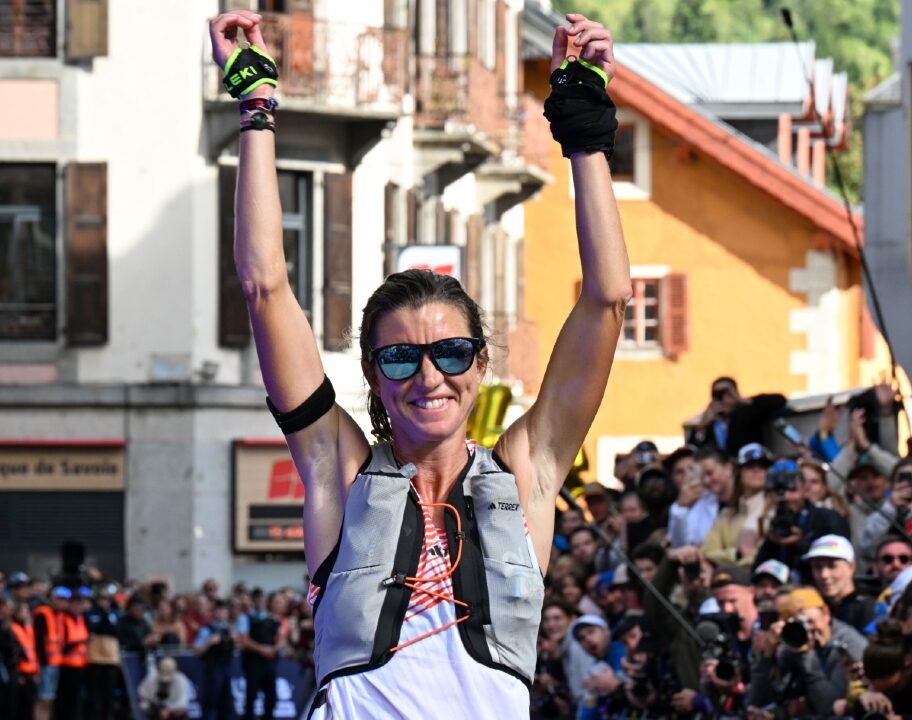
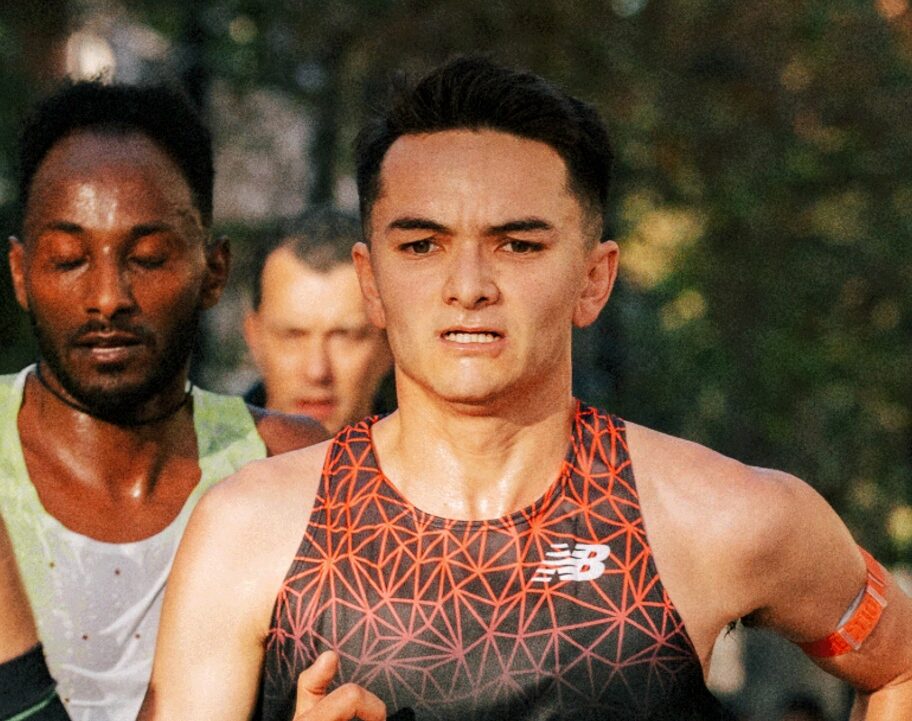
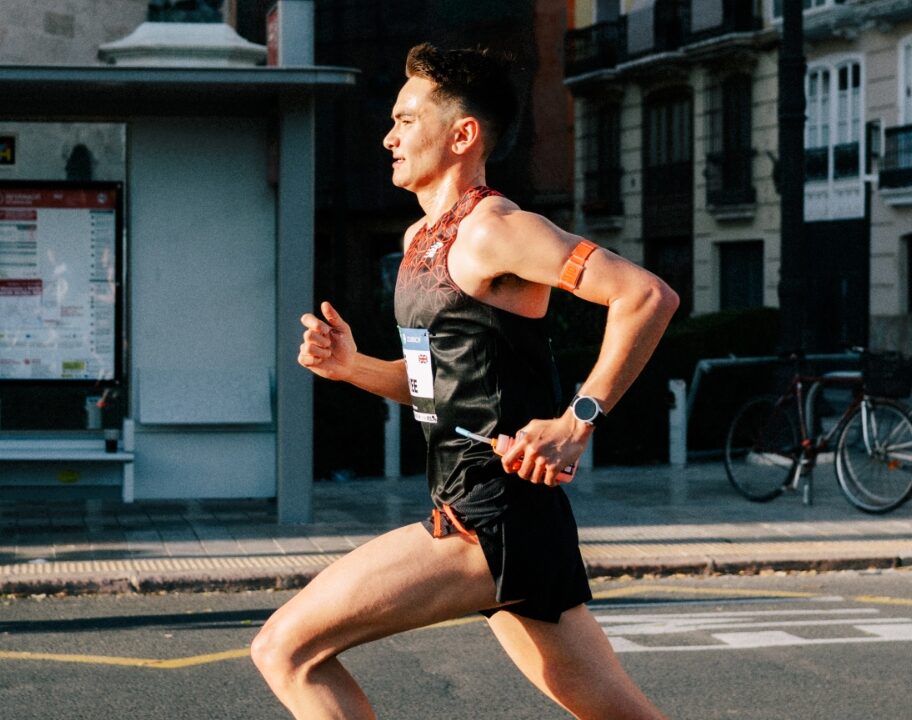
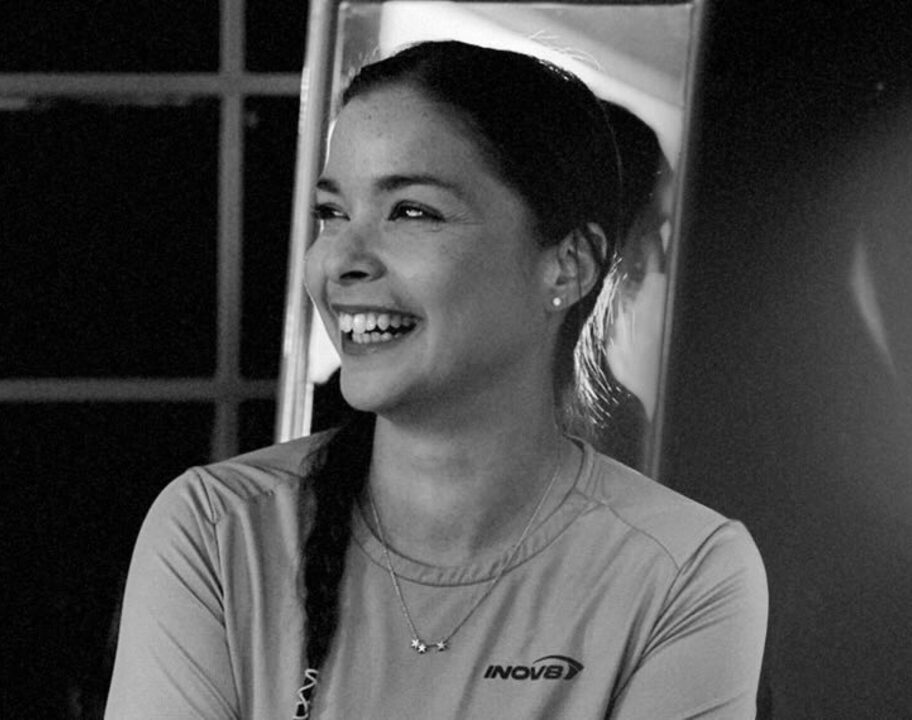
![Russ Cook completes his epic run across the entire length of Africa [Photo credit: The Snapshot People Ltd]](https://run247.com/wp-content/uploads/2024/04/Russ-Cook-completes-length-of-Africa-run-2024-912x720.jpg)
